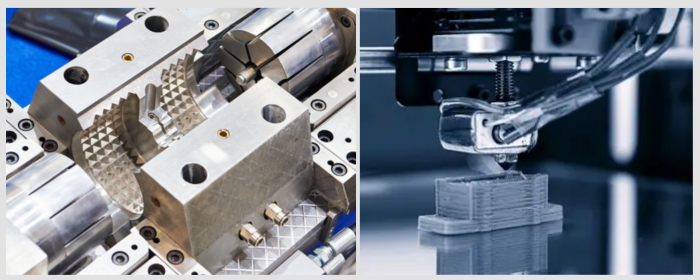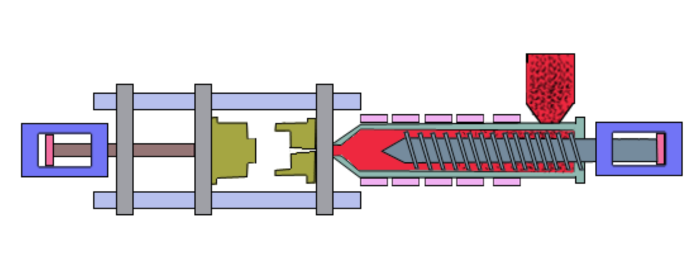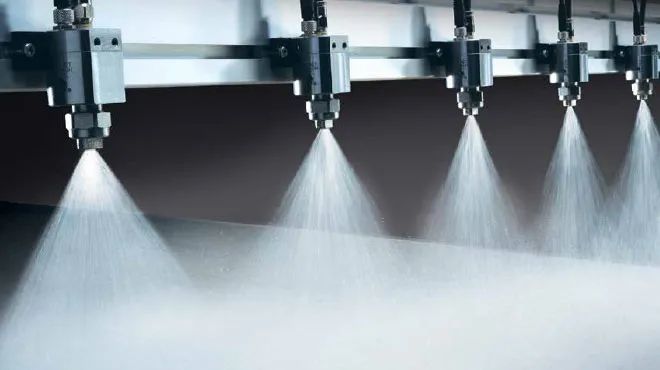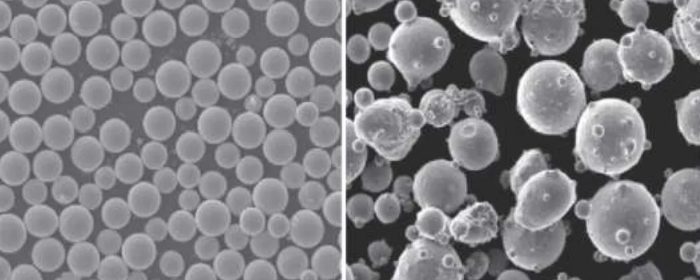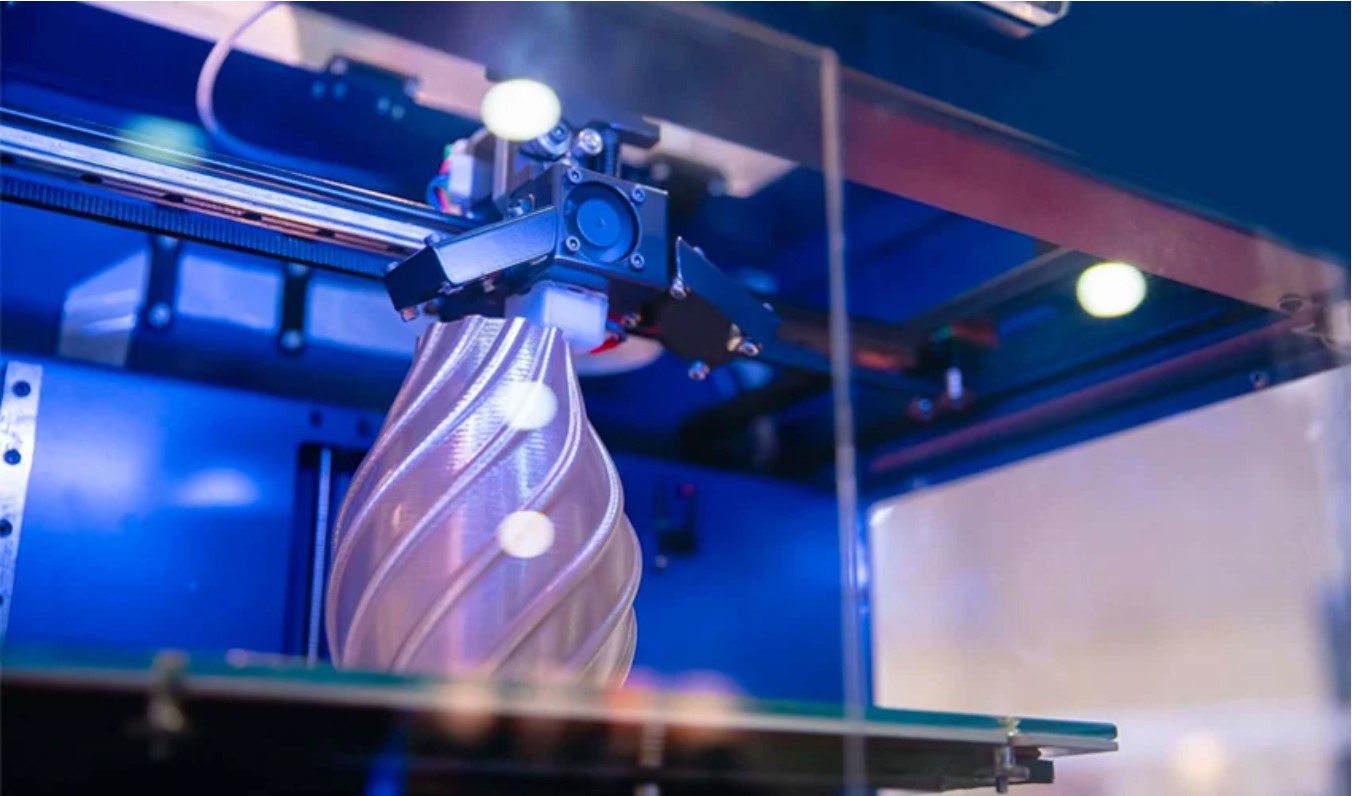

Machines and equipment operating in high-temperature conditions typically require special surface protection. Among the principal solutions is powder coating with high-temperature resistance. But how to harden the coatings to improve their wear resistance and service life?
The coating hardness is mostly governed by the inherent properties of the chosen metal or alloy powder material. For high-temperature applications, phase stability, resistance to oxidation, and the ability to retain mechanical properties at high temperatures must be considered.
Refractory powders like tungsten (W), molybdenum (Mo), tantalum, and niobium have extremely high melting points and decent room-temperature hardness, retaining decent hardness even at high temperatures. These metal powders tend to oxidize while spraying, and the huge difference between the coefficients of thermal expansion of the substrate and coating can lead to cracking.
In contrast, alloy powders can have better overall performance through rational composition design. Nickel-based alloy powders (e.g., NiCrAlY) are one of the most popular high-temperature coating materials. Chromium (Cr) enhances oxidation resistance, aluminum (Al) forms a dense Al₂O₃ protective layer at high temperature, and yttrium (Y) strengthens the adhesion of the oxide layer. By tuning the content of these elements, the best hardness can be achieved without compromising on excellent high-temperature performance.
Cobalt-based alloy powders (e.g., Stellite 31) are another important category of high-temperature coating materials, which typically contain 25-30% chromium and 4-6% tungsten or molybdenum content. These alloys exhibit excellent wear resistance and hardness at high temperatures, making them highly suitable for high-temperature wear applications.
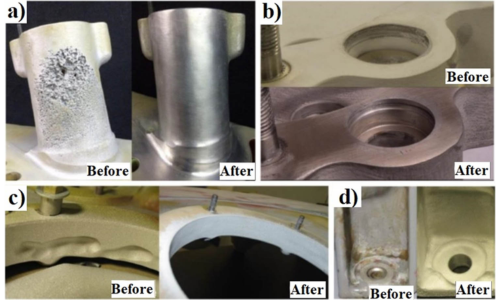
Fig 1. Comparison of metal spraying effects before and after[1]
Selecting the right powder material is only the first step—spraying process parameters control the final coating hardness and performance. Different spraying techniques produce drastically different microstructures and mechanical properties.
The most widely used method of preparing high-temperature coatings is plasma spraying. The plasma arc temperature with plasma spraying can be over 10,000°C, but it will fully melt high-melting-point metal powders. Dense coatings with strong bonding are realized by optimizing plasma gas composition, power parameters, and spraying distance. Excessive power will result in the evaporation of alloy elements, reducing coating performance.
Reading more:Plasma Spraying: Powering Durable, High-Performance Industrial Coatings
High-velocity oxy-fuel (HVOF) spraying is another significant method of coating preparation. In HVOF, the powder particles are propelled at 500–1000 m/s velocities and experience severe plastic deformation on impact with the substrate to produce highly dense coatings. HVOF coatings have a porosity level of less than 1% and are hardened by 20–30% compared to plasma spraying and are specifically well suited for preparing metal-ceramic composite coatings like WC-Co.
The newly developed cold spraying technique is very distinct from the traditional thermal spraying. The powder particles are imparted a supersonic speed at relatively low temperatures in cold spraying and deposit coats through extreme plastic deformation. The process does not contain phase transformation and high-temperature oxidation, which are particularly beneficial to employ with temperature-sensitive nanostructured powder materials.
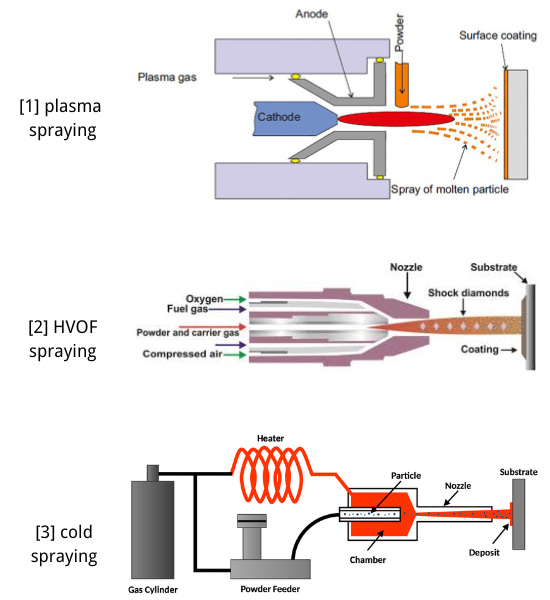
Fig 2. Spraying Technology Comparison
After spraying, coats often require proper post-treatment in order to further harden and enhance performance.
Solution treating followed by aging can precipitate strengthening phases like γ' (Ni₃Al) in age-hardenable alloy systems like nickel-base alloys with titanium or aluminum, and significantly harden the coating. Precise control of temperature and time factors should be exercised to avoid over-aging, which may degrade performance.
Hot isostatic pressing (HIP) is another effective post-treatment method. Under elevated pressure and temperature, pores and microcracks in coatings can be removed effectively with densities reaching theoretical levels. It has been found that nickel-based alloy coatings treated by HIP exhibit 15–25% greater hardness along with significantly improved fatigue strength.
Laser remelting is a localized strengthening technique. A high-energy laser beam scans the surface of the coating rapidly, causing immediate melting and rapid solidification, leading to a fine equiaxed grain structure. Rapid solidification inhibits coarsening of secondary phases, leading to nanoscale microstructures with considerably increased surface hardness. Proper parameters are laser power, scanning speed, and overlap rate.
Second-stage strengthening particles can be added to the metal matrix to create composite coatings with increased performance. The most common composite strengthening method is carbide reinforcement.
Tungsten carbide (WC) is one of the most widely used reinforcing phases with a hardness of as high as 2400 HV. Incorporation of 20–40% WC particles in nickel- or cobalt-based systems has been shown to increase coating hardness by over 50%. WC is, however, prone to oxidation and decarburization at elevated temperatures and hence is limited in use to temperatures below 800°C.
Chromium carbide (Cr₃C₂) ensures enhanced high-temperature stability with structural integrity maintained up to 900°C. Cr₃C₂-NiCr composite coatings are widely used in high-temperature wear applications. The right Cr₃C₂ content (approximately 25–35%) and particle size distribution (typically 3–10 μm) lead to optimized coatings for hardness and toughness.
For other carbides, read this article: Comparison of 5 Major Types of Thermal Spray Carbide Coatings
Reaching optimized hardness in coatings requires balancing a number of factors, including material properties, processing conditions, and temperature regimes. Cost considerations are equally significant. Refractory metal powders tend to command a high price, but conventional alloy powders, following suitable post-treatment, can provide equivalent performance. Operators must balance performance requirements with cost control.
Stanford Advanced Materials (SAM) offers various types of thermal spray powder materials with customizable compositions and particle size ranges.
* Inquiry to Stanford Advanced Materials
Related articles:
How to Improve the Wear Resistance of Powder Coatings
The Magical Role of Chromium Oxide Coatings in Aerospace
[1] Ashokkumar, Mohankumar, Thirumalaikumarasamy, Duraisamy, Sonar, Tushar, Deepak, Sampathkumar, Vignesh, Packkirisamy and Anbarasu, Mani. "An overview of cold spray coating in additive manufacturing, component repairing and other engineering applications" Journal of the Mechanical Behavior of Materials, vol. 31, no. 1, 2022, pp. 514-534. https://doi.org/10.1515/jmbm-2022-0056

